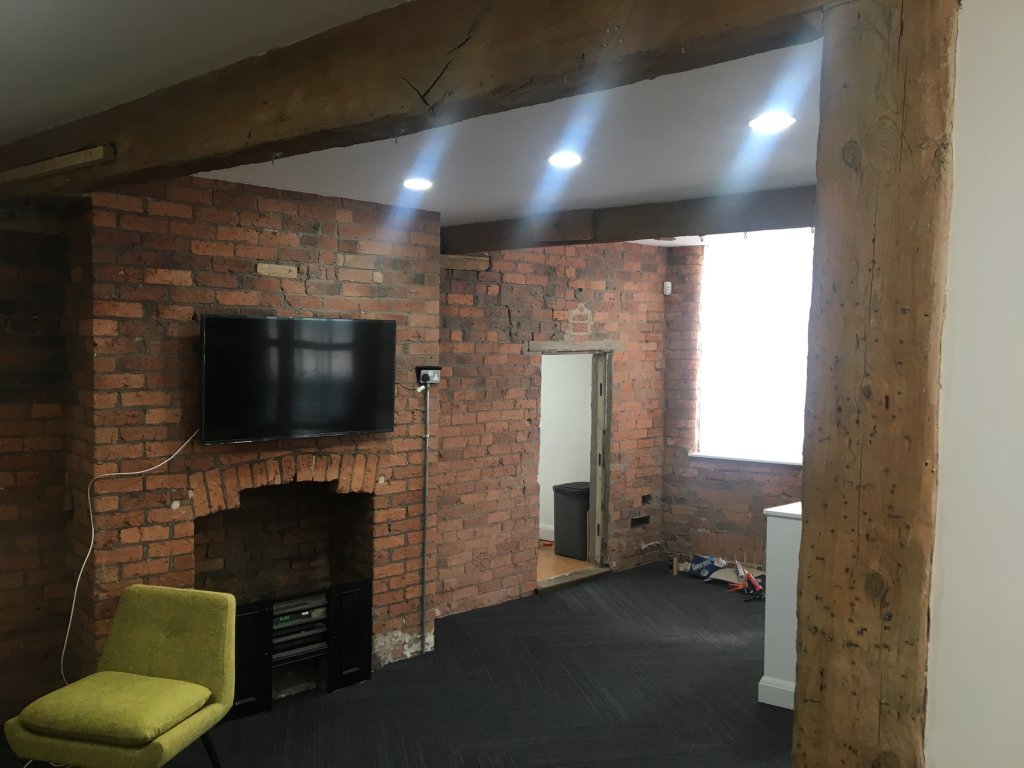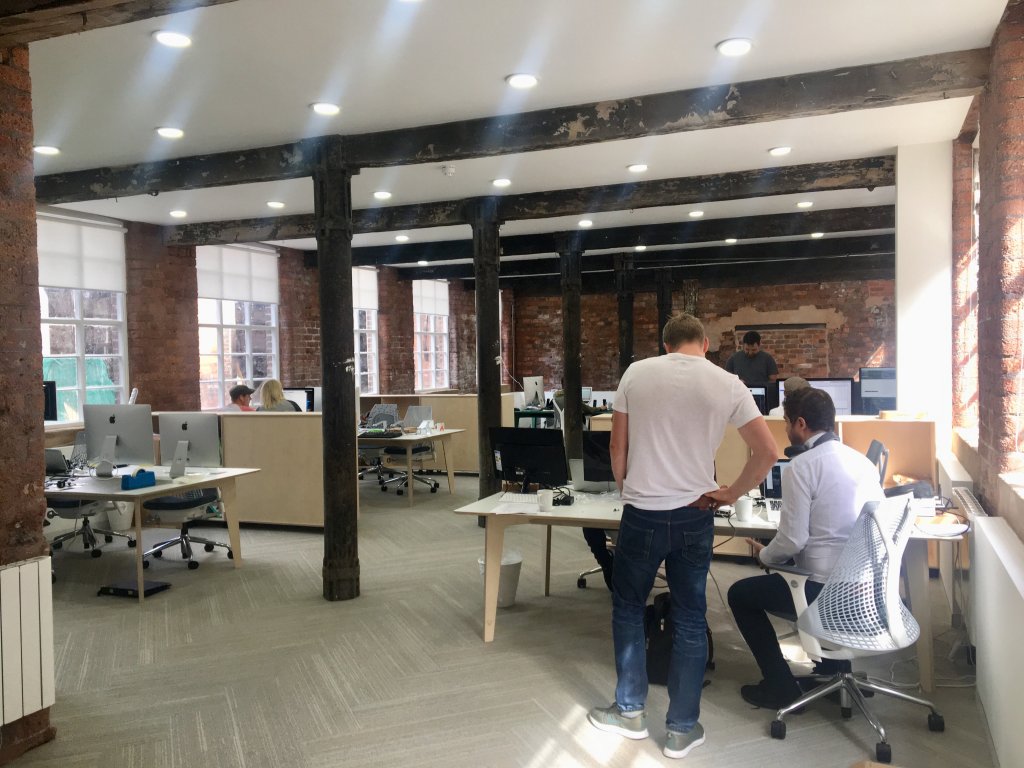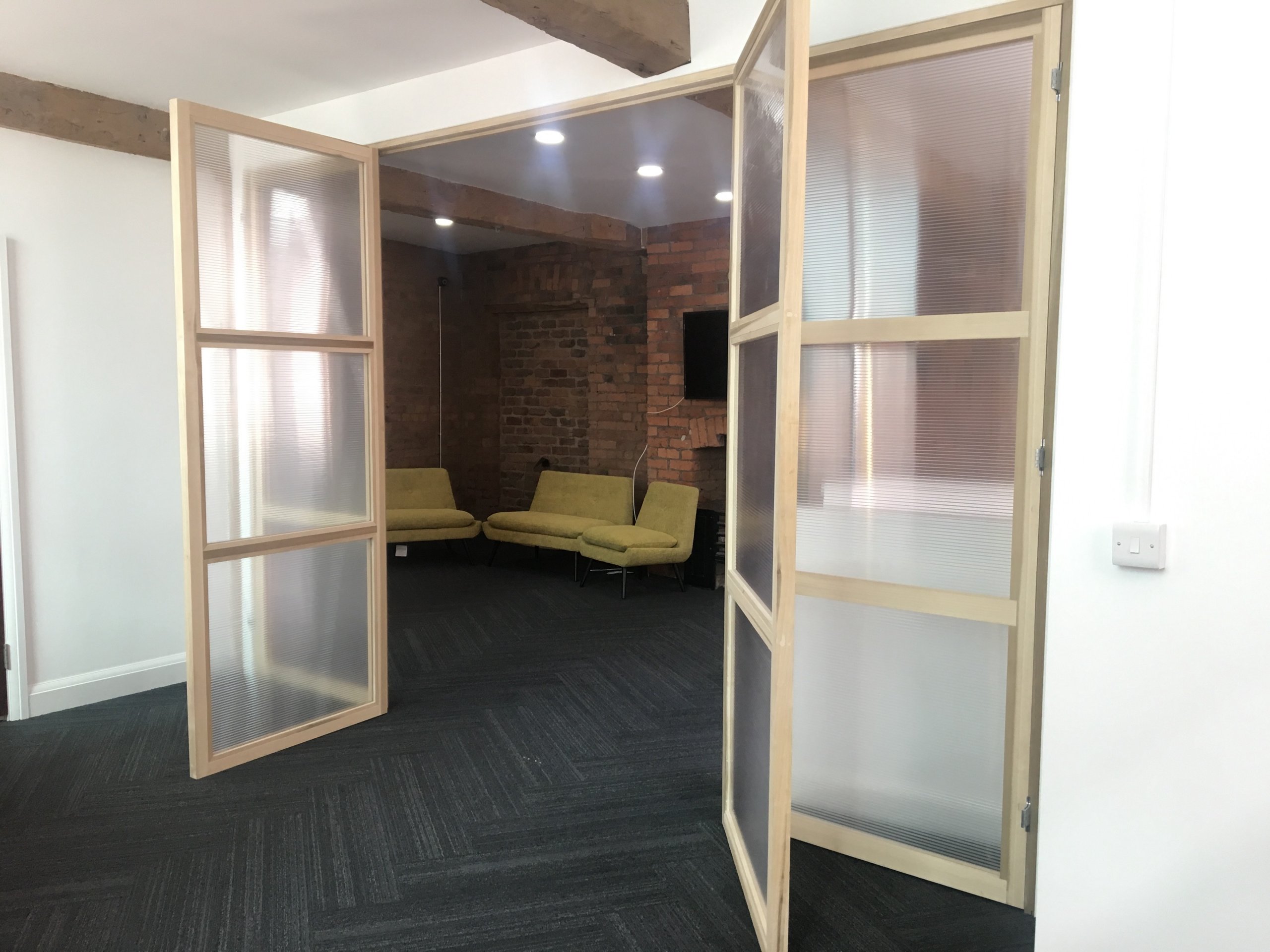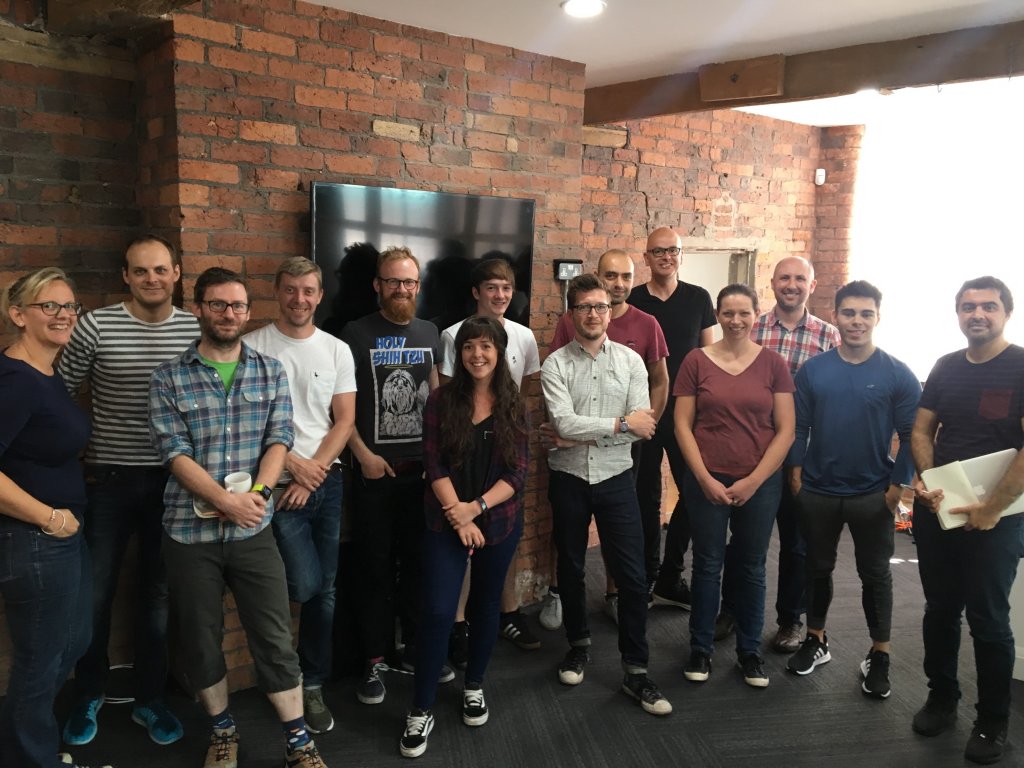A Mini-Hackathon to help cultural institutions
A few weeks ago, I was asked to participate in a mini-hackathon as part of the Arts Marketing Association’s annual conference in Liverpool. Working together with a group of delegates, we were given the challenge: “How can a tech solution improve accessibility within cultural organisations?”.
Now, that’s a very big question, with many different approaches, and we wanted to find a practical, workable solution that would slot into existing set ups. We split into two groups and my group took a user-centric approach, focussing on, “How can we encourage more people with accessibility needs to come to venues?”.
Typically, a venue will have a ‘Visit’ page on its website which details the facilities and services available for people with accessibility needs. The venue is saying to the visitor, “We can offer you this.” The “this” can read like an amazing description of all the accessible features a visitor might need: lifts, step free access, hearing induction loops. However, when someone comes to visit they find that though these facilities exist, they may not be available throughout the institution. For example, there may well be a lift, but there’s no step free access to it. Or perhaps the induction loop is not available throughout. The venue (with the best intentions) is presenting a catalogue of features for a visitor to choose from, rather than thinking about what a visitor’s particular circumstances might be and what factors they need to take into account when deciding whether to visit.
One of the main difficulties is that access requirements are unique to people, and often people don’t just have one disability, they may have several. For example someone who uses a wheelchair is as likely to have autism as someone who doesn’t use a wheelchair. If the lift access takes them through a gallery filled with loud noise then they will have a problem. It may be impossible for an institution to completely cater for every need (though there’s a lot that can be done) but it would make a big difference to potential visitors if an honest appraisal were available. This is not simply to help people plan their visit but also to enable them to visit venues which they would have previously thought off limits due to ‘that type of place’ not being suitable.
Our approach was therefore to turn traditional thinking on its head and open up the review of a venue’s accessibility features to those who know best — its visitors. By creating a forum (a kind of ‘TripAdvisor without the subjectivity’), our online system, called ‘Honest Access’, would ask a visitor a series of questions designed to atomise their experience into a set of different categories. There responses would not be based upon their feelings about their experience, but simply on the practicalities of accessing the facilities available. Other users could then visit the site, select the categories which apply to their accessibility requirements and be given a bespoke guide for their visit. As well as including yes/no details, users could describe workarounds or ‘hacks’ to improving their visit. Of course, one of the key secrets to success for an idea like this would be defining a consistent user friendly language (the categories) around accessibility.

This would be a relatively low-cost option to implement. The driver lies in the user’s motivation to knowledge share with the community, helping other people with needs similar to their own. By tapping into the knowledge of the crowd, the information is kept current and also provides venues with insight into how to improve their venues in a practical way.
In addition, many people with disabilities have already customised their mobile devices to suit their particular needs. It would be great to work with these to deliver a solution that could even guide users during their actual visit, and respond to their needs in real-time!
The mini-hack was only a half day, which only gave us enough time to explore some ideas without getting into the technicalities of the solution. But what struck me was how powerful it can be to turn a problem inside out and look out how technology can be used to remove barriers from the user’s point of view.




